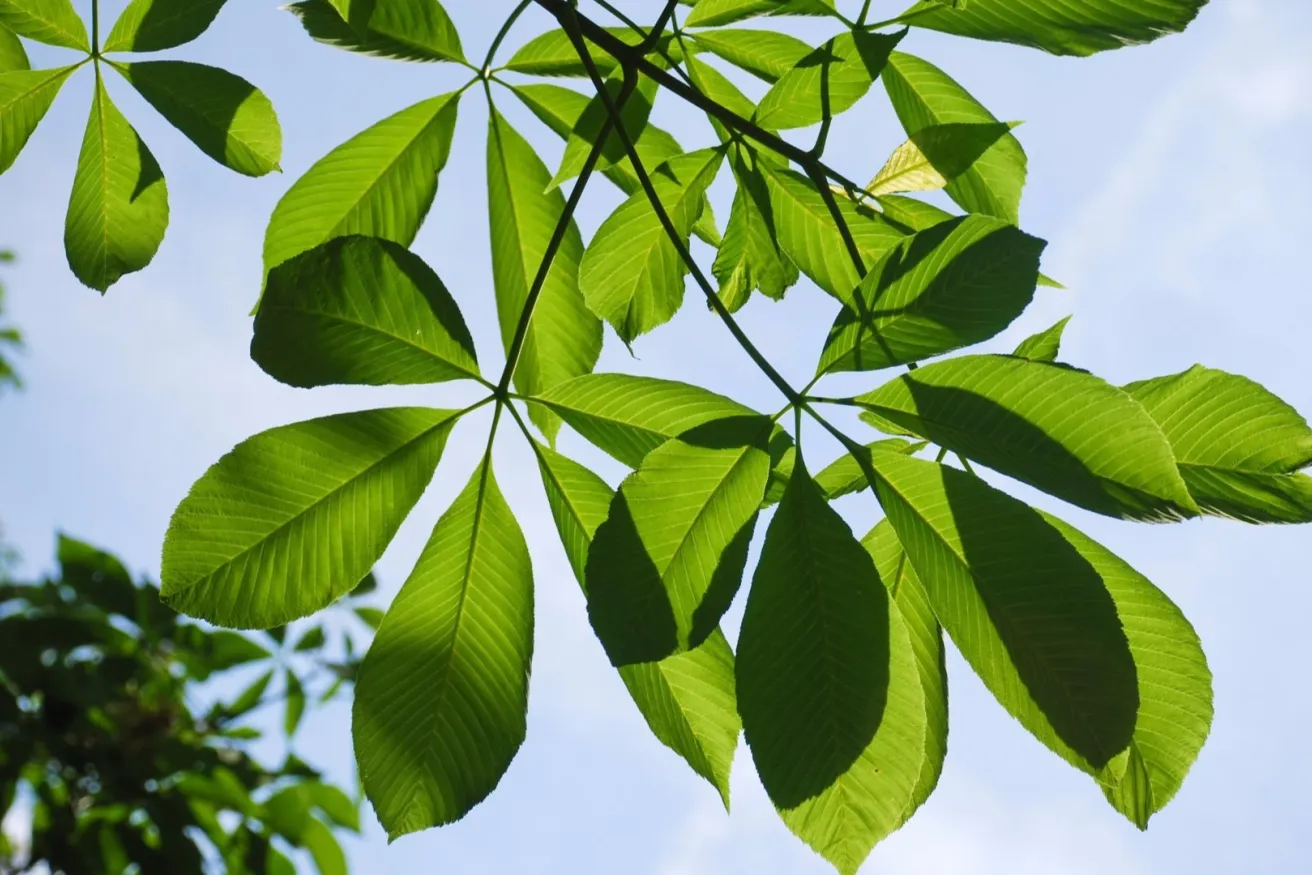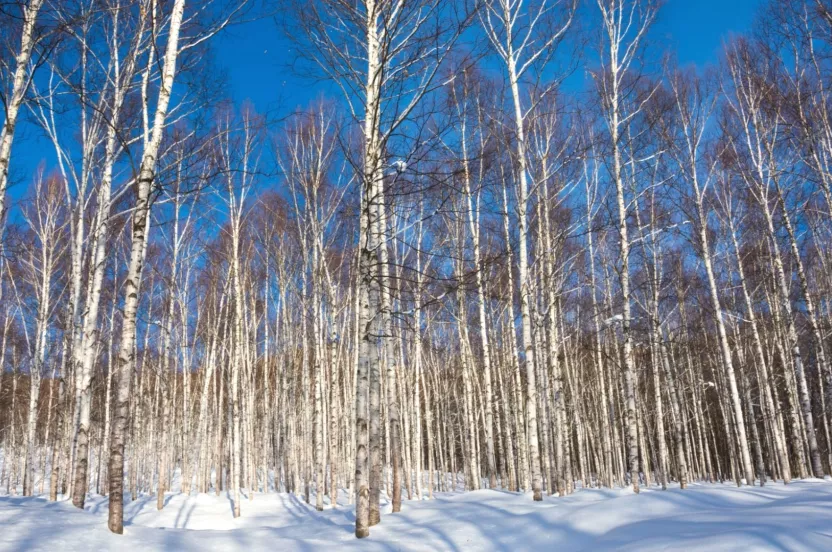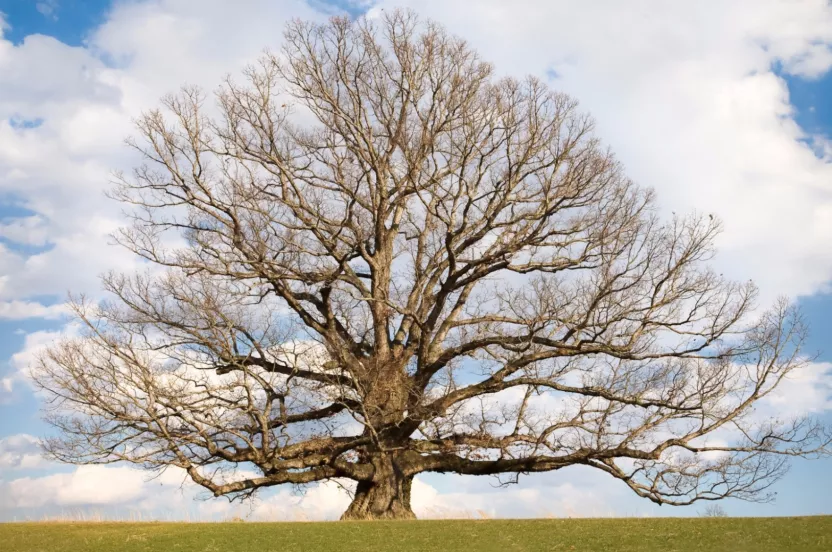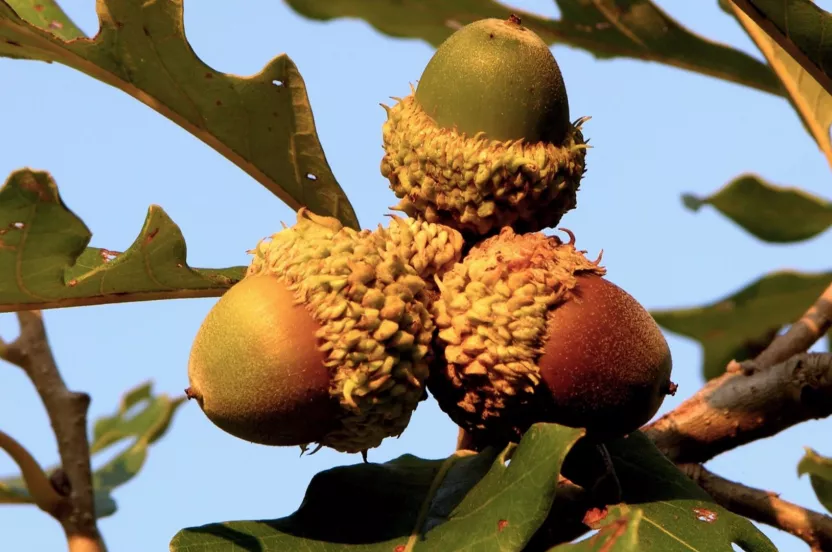The Arbor Day Foundation is pledging 10 million trees to areas impacted by hurricanes Helene, Milton Help us replant
Aesculus flava (octandra)
In 1784 while traveling near the Cheat River — in what is now West Virginia — sharp-eyed George Washington spotted a yellow buckeye with flowers that were purple instead of yellow. He planted seeds of that tree at Mount Vernon where the last one died not long ago.
There is something compelling about this tree. It is not graceful like an American elm or a weeping willow, nor charming like a dogwood or redbud. Instead, it has a sort of rugged beauty —massive, a bit unkempt and standing tall and bold in both forest and park. Botanists call its crown “coarse” or “irregular” and its bark thick and “curious.” But they also comment on the bright glow of its showy blooms and the warmth of its fall colors.
The yellow buckeye is a delightful sight in the Appalachian Mountains. The striking compound leaves of the buckeye trees provide an accent in both forest and urban settings, and present a colorful display as winter approaches. As well as the belief in the good fortune of its storied seed, the buckeye has been held to cure rheumatism and other, more minor ailments. Pioneering farm families also made soap from the kernels of buckeye seeds. Before the advent of synthetic materials, the wood was used to make artificial limbs because of its light weight and resistance to splitting.
In the Landscape
When planted on a good site, the yellow buckeye can live a very long life, giving shade and beauty to any landscape. In the fall, it displays gorgeous pumpkin-orange leaves. This tree reaches up to 75 feet at maturity and can be planted in hardiness zones 4-8.





